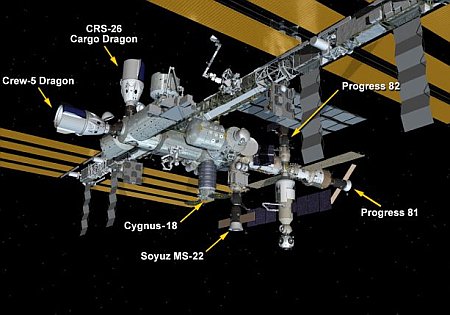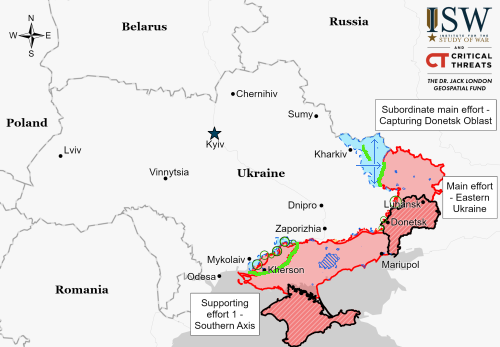Russia and Europe negotiating return of rockets and satellites
Russia and Europe have begun negotiations concerning the return of the various rockets and satellites that were left stranded in both countries when Russia invaded the Ukraine and all cooperative international agreements between the two entities broke off.
[I]n January 2023, an industry source told RussianSpaceWeb.com that Arianespace representatives were exploring a potential deal with Roskosmos on the exchange of Soyuz rocket components stranded in French Guiana for a group of 36 OneWeb satellites stuck in Baikonur Cosmodrome in Kazakhstan after the aborted 14th launch for the Internet constellation. The satellites were held at the Russian-controlled facility in Kazakhstan per the order by Rogozin, but the newly appointed head of the Roskosmos State Corporation Yuri Borisov was reportedly opened to negotiations on their fate.
There are many obstacles blocking this deal, the biggest being the on going war itself. It will be necessary to engineers to both places to facilitate the return, and the war right now makes that difficult if not impossible.
Ironically, Russia is likely in more need of this deal than Europe. OneWeb of course wants its satellites back, but it can replace them. Russia it appears is having trouble building complex things like rockets, and needs these rockets and components to replace components it no longer can get in the west.
Russia and Europe have begun negotiations concerning the return of the various rockets and satellites that were left stranded in both countries when Russia invaded the Ukraine and all cooperative international agreements between the two entities broke off.
[I]n January 2023, an industry source told RussianSpaceWeb.com that Arianespace representatives were exploring a potential deal with Roskosmos on the exchange of Soyuz rocket components stranded in French Guiana for a group of 36 OneWeb satellites stuck in Baikonur Cosmodrome in Kazakhstan after the aborted 14th launch for the Internet constellation. The satellites were held at the Russian-controlled facility in Kazakhstan per the order by Rogozin, but the newly appointed head of the Roskosmos State Corporation Yuri Borisov was reportedly opened to negotiations on their fate.
There are many obstacles blocking this deal, the biggest being the on going war itself. It will be necessary to engineers to both places to facilitate the return, and the war right now makes that difficult if not impossible.
Ironically, Russia is likely in more need of this deal than Europe. OneWeb of course wants its satellites back, but it can replace them. Russia it appears is having trouble building complex things like rockets, and needs these rockets and components to replace components it no longer can get in the west.




